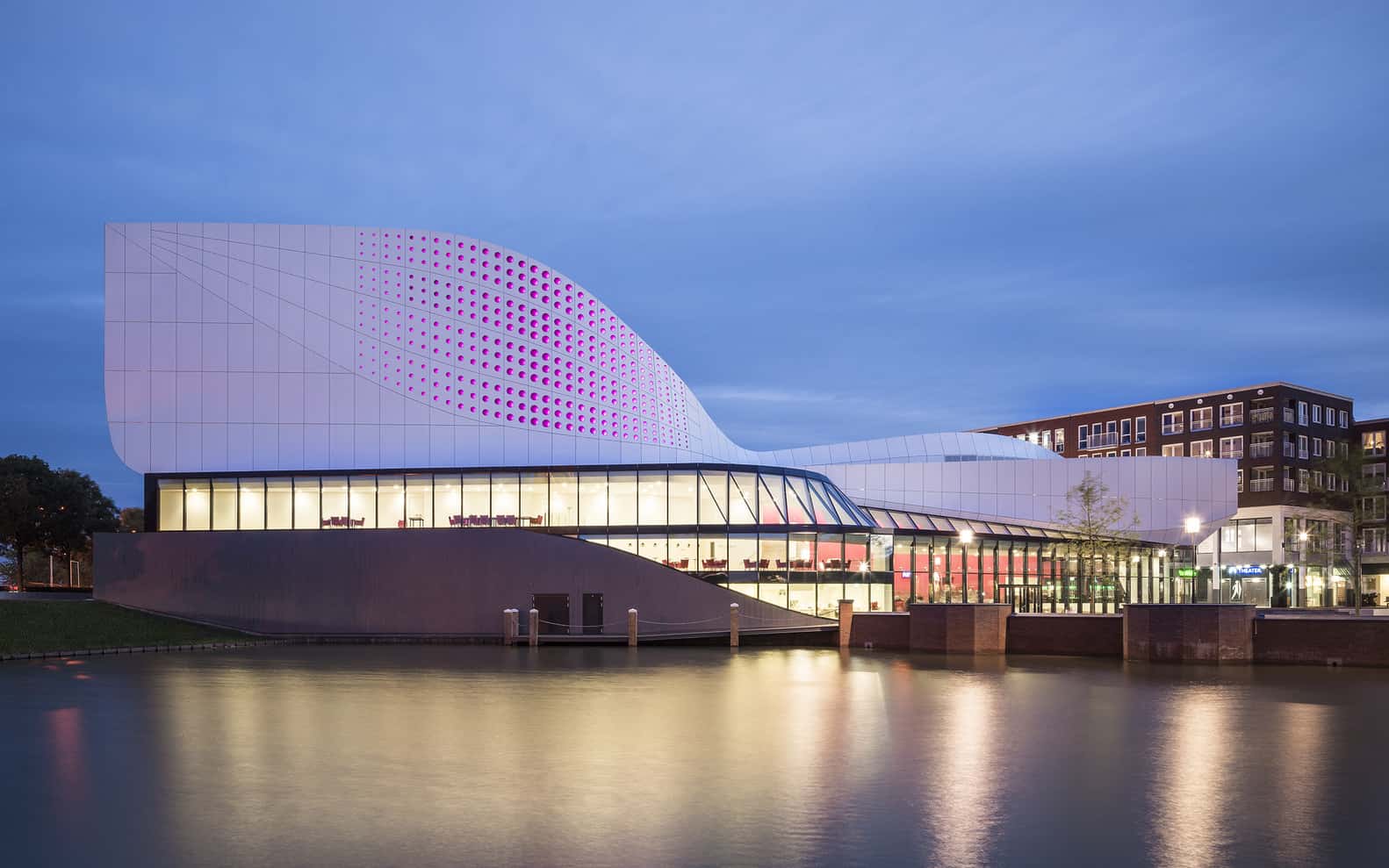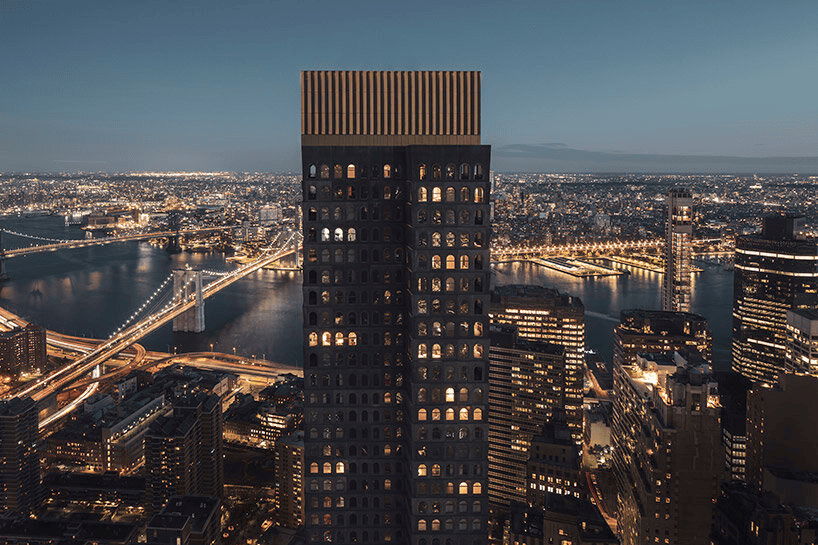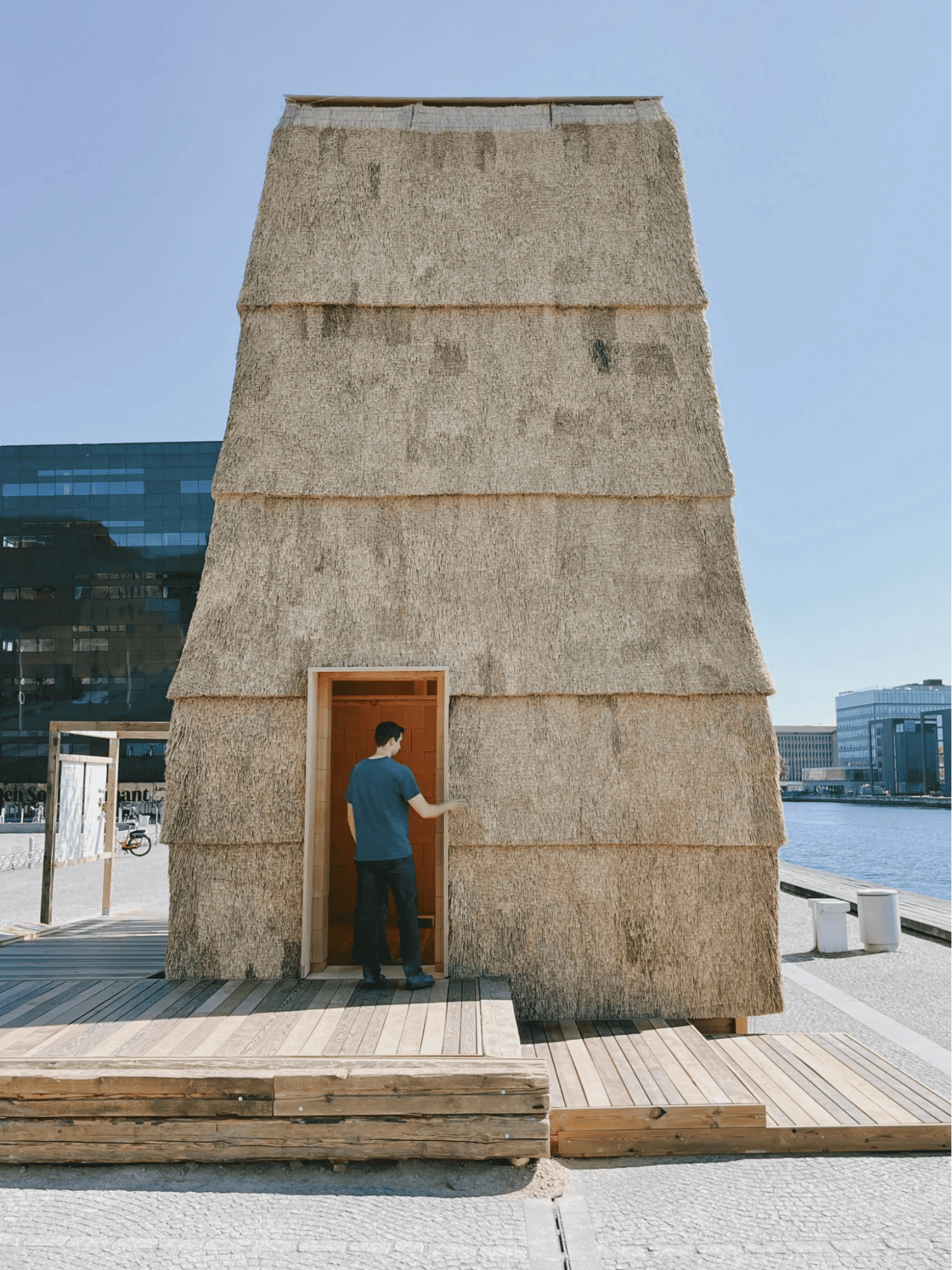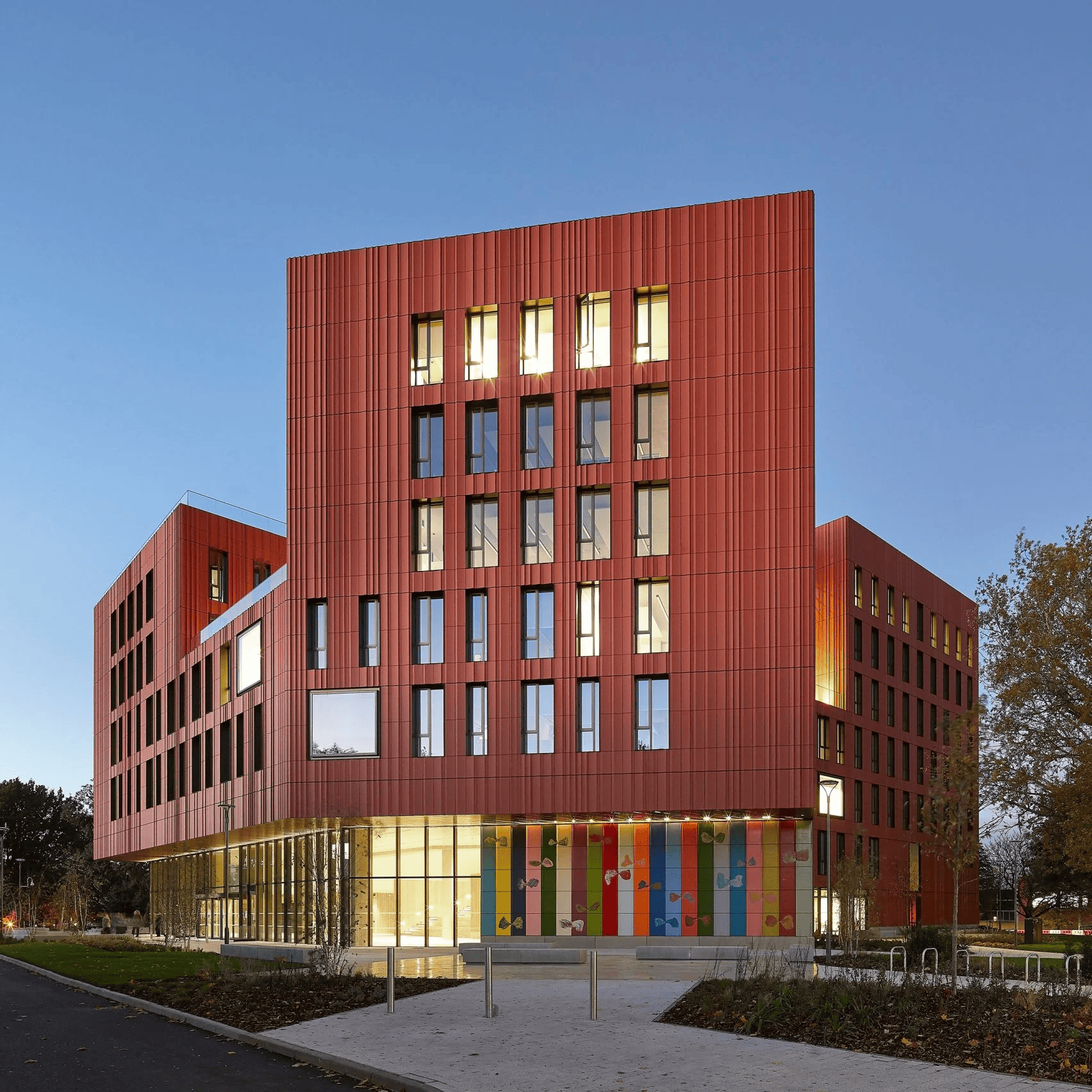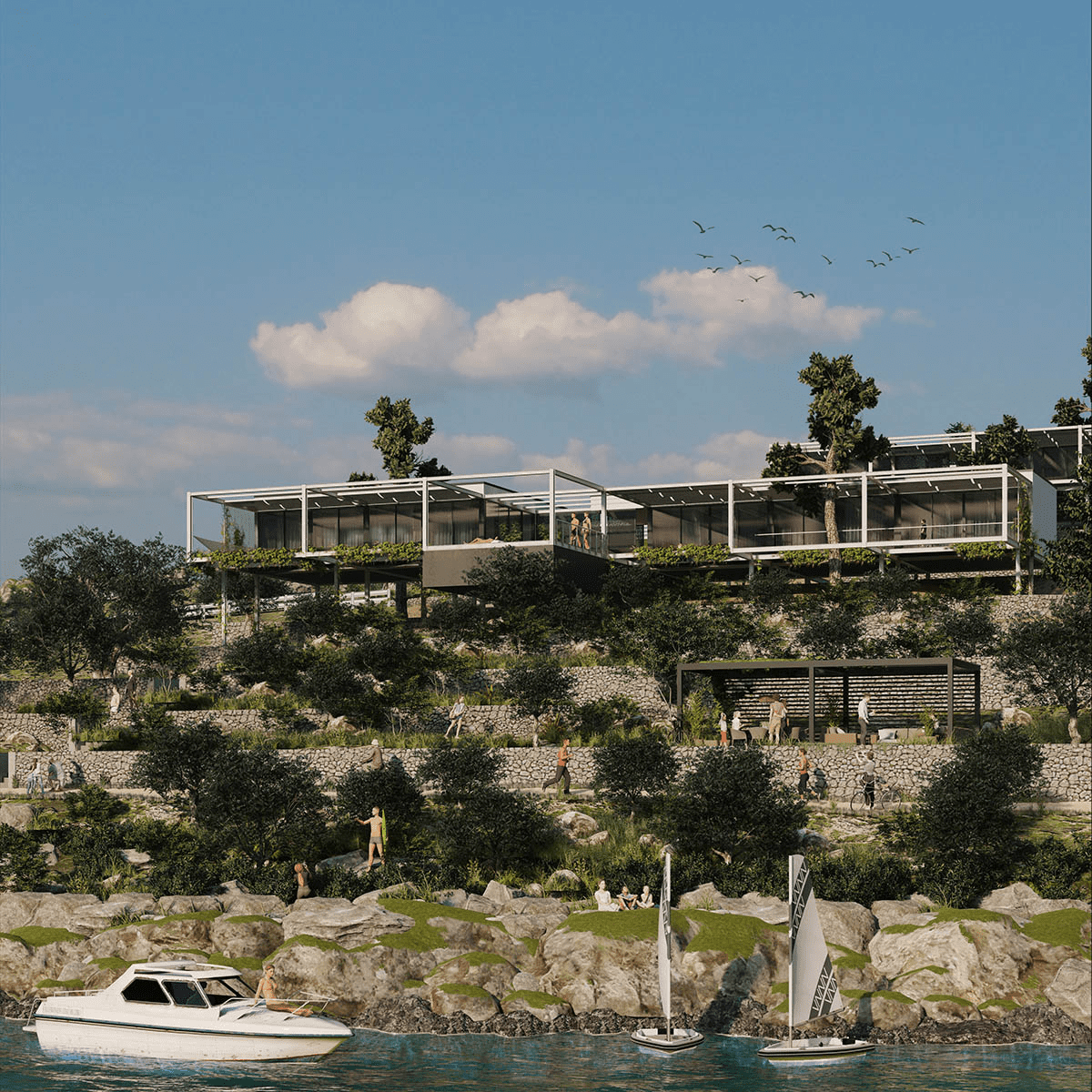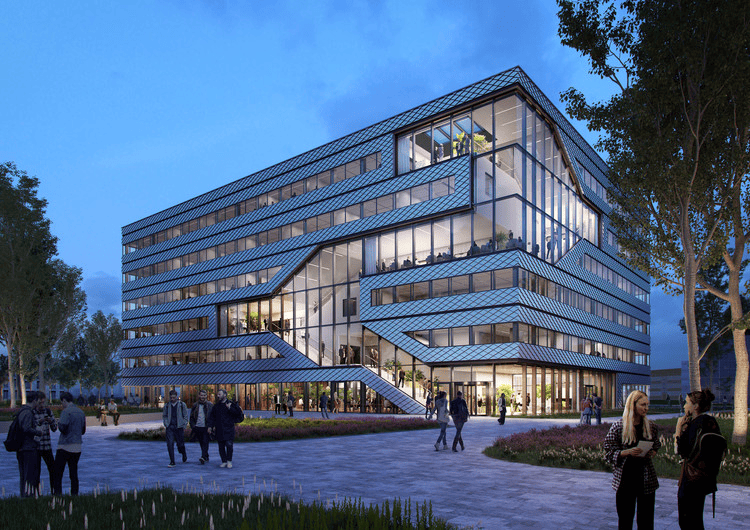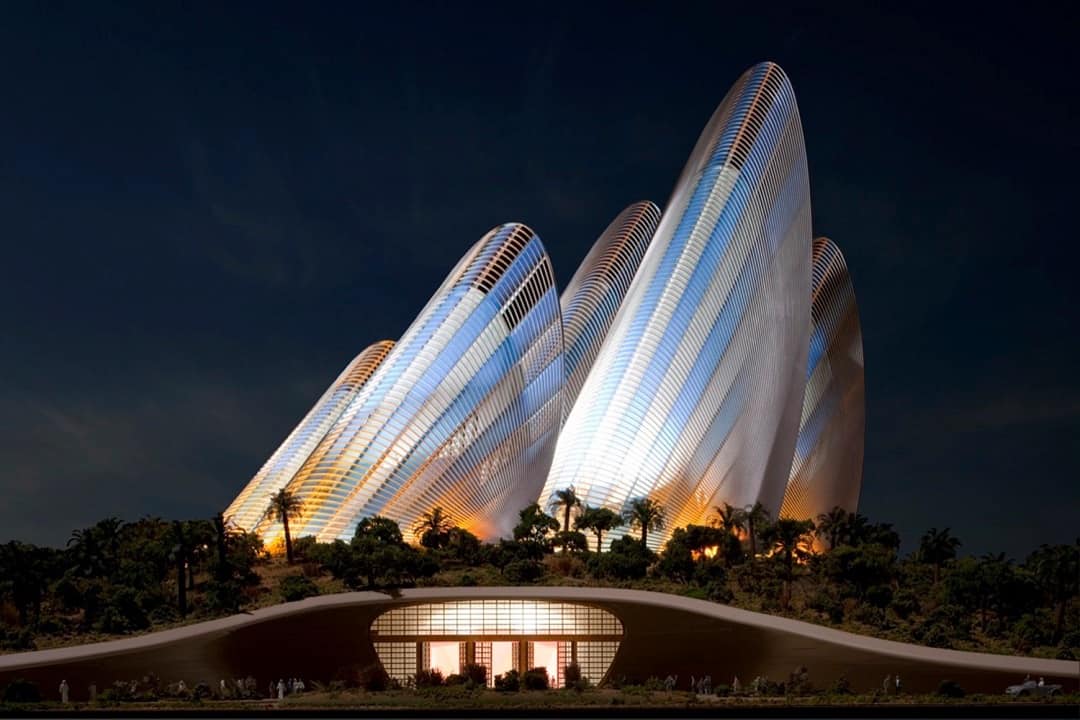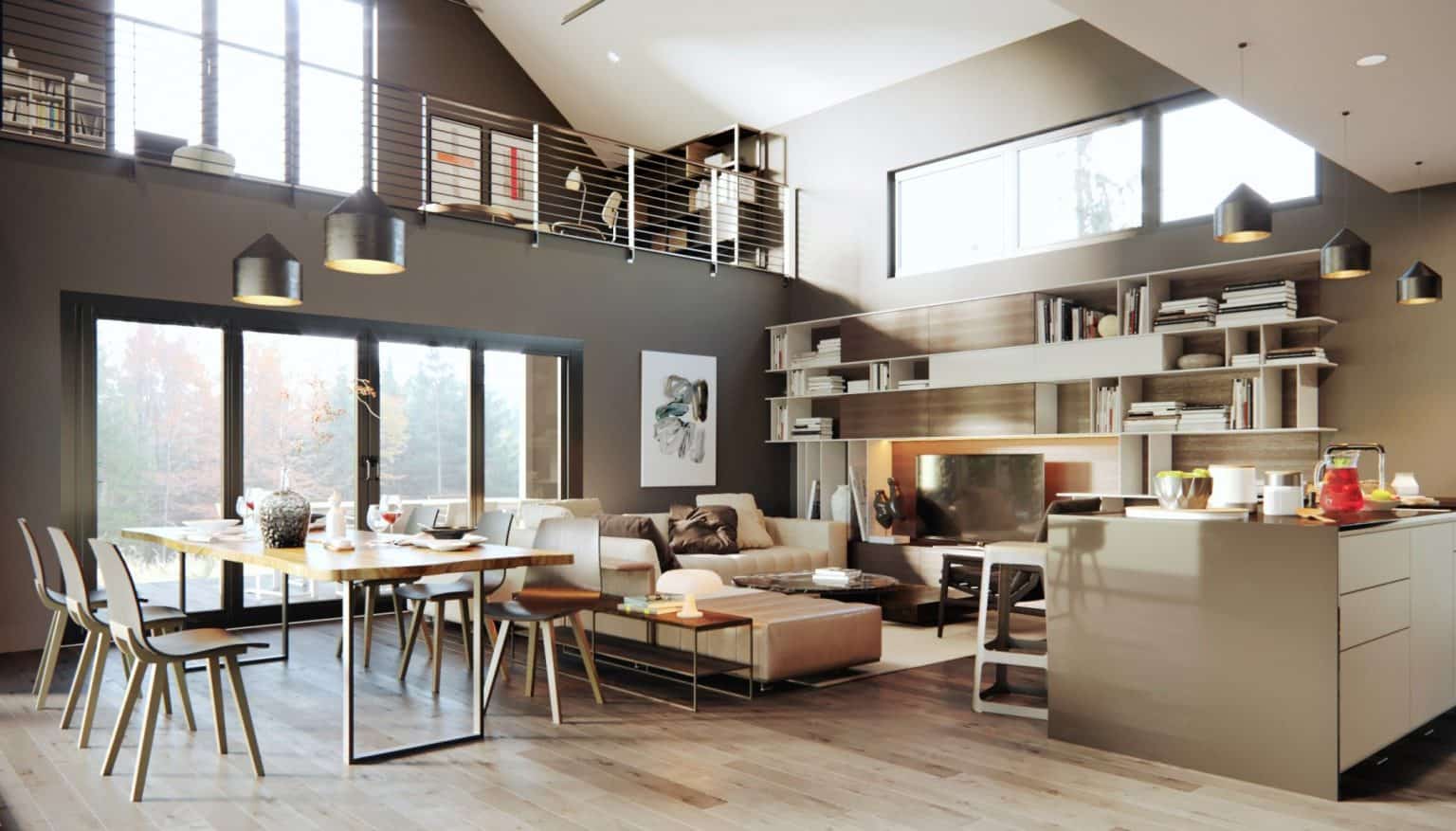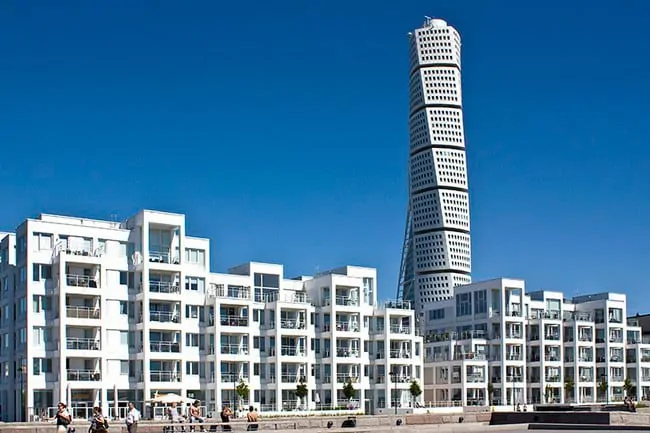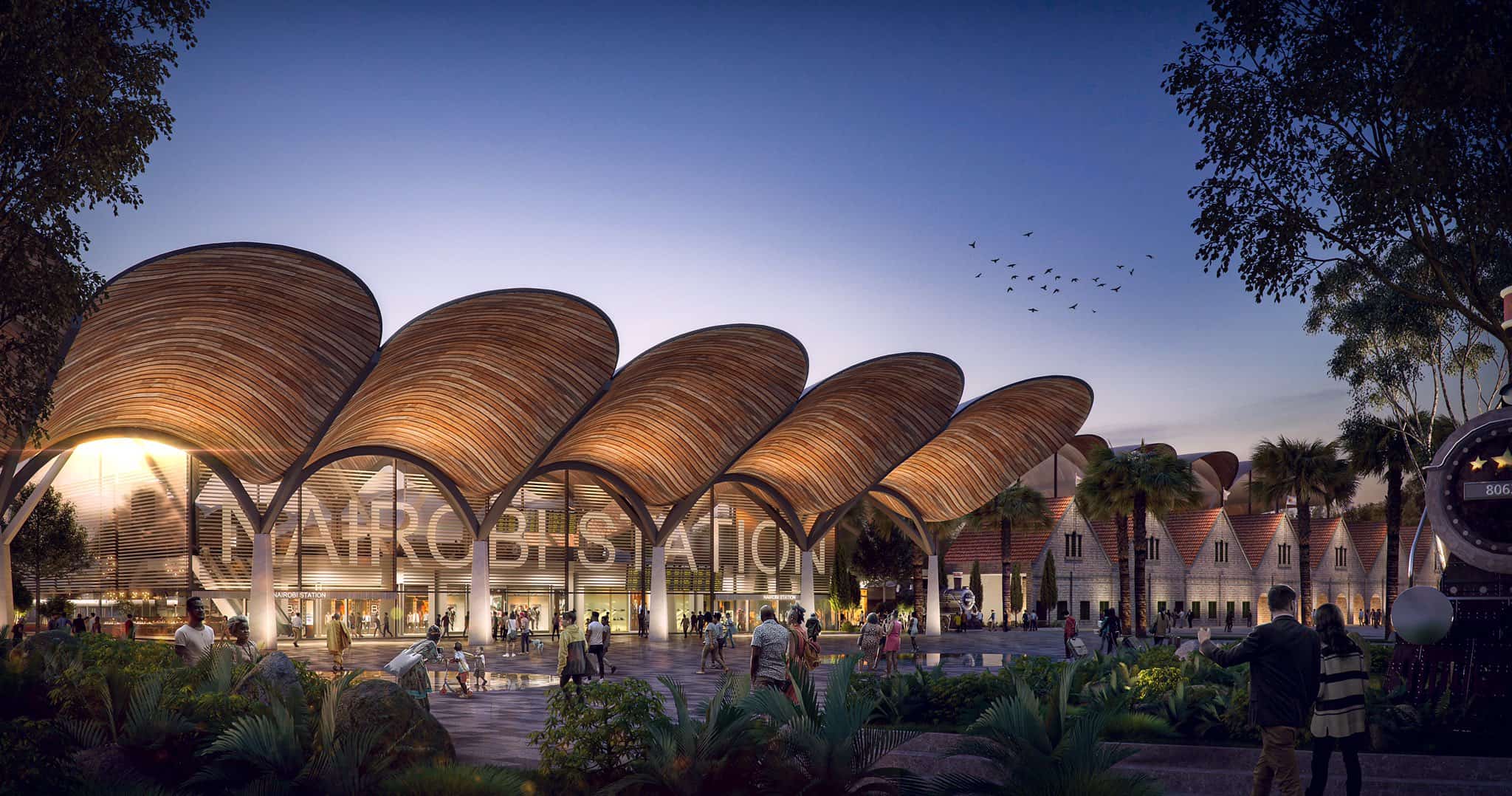Public facilities play a major role in setting the mood of a city. Most often than not; libraries, museums and other public amenities lack the spirit or oomph to inspire life above the utility for which they are prescribed. With rapid urbanisation comes the need for not only buildings but places – genius loci. Well, Theatre de Stoep in Spijkenisse, Netherlands is a building that goes beyond the brief – it is a welcome addition that has gone a long way to reinvigorate its immediate urban context.
UNStudio teamed up with Arup to create a building that could bridge the gap between the theatre prototype and the socio-cultural requirements of the local community of Spijkenisse. On one hand the building offers an encapsulating theatre experience and on the other a vibrant opportunity for the social activities that take place in between. Considering the fact that “back of house” requirements were to be included; UNStudio did a fairly commendable job of creating an object that addressed the spatial complexities of a project of this scale.
In response to the role of the modern theatre, Ben van Berkel is quoted to have said the following: “In contrast to today’s mediatised culture, theatre offers the participatory experience of the live event, often appropriately referred to as ‘liveliness’: the ‘magic of live theatre’, understood as the strange, elusive energy between audience and performer, the community forged together and the momentary collaboration necessitated by the live event. Theatre de Stoep is designed to fortify and inspire this liveliness, providing at one and the same time a place of performance, of social gathering and of experiencing contrasting realities: the world of the other, of fabrication, of expression and display, but simultaneously the very real sentient experience of ourselves as spectators within these worlds.”
The 5 800 sqm design comprises of a larger 650 capacity auditorium and a smaller 200 capacity one. Some of the servant spaces include: a grand foyer, a café and restaurant, a VIP lounge, offices and dressing rooms. All this is achieved in a massing block that borrows from the metaphor of a flower. However, the hinge that brings the two grand spaces together is the central column-free foyer. It is this foyer that serves as a datum and a way-finding arena that leads to a sculptural stairway that bind the two auditoria entrances. “The vertical foyer becomes a pivotal point in the social functioning of the theatre, a ‘stage’ for the visitors and a dynamic focal point surrounded by viewpoints on different levels.” Ben van Berkel notes.
Great theatre experiences depend on the heightening of the senses – especially those of sight and sound. To set the scene, the design team toyed around with light and shadow; mood and colour. During the day, the glass façade on the ground floor allows for natural light penetration into the foyer, both from the front and from above. This creates a deep contrast with the subdued lighting in the auditoria. At night a warm ambience is achieved by controlled artificial lighting that creates an inviting atmosphere.
With the brief calling for Theatre de Stoep to be able to host an array of theatrical performances, acoustic flexibility was essential. Arup was able to foresee the different settings for say plays, opera and concerts; and in so doing designed special ceiling elements that could be lowered and angled to optimise volume levels depending on the event taking place within the theatres. Moreover, acoustic wall panels installed on the sides enable the reflection of sound and the augmentation of sound quality.
The upper portion of the building features a curvilinear form that responds to wind flow, minimising turbulence. Theatre de Stoep seats well on its site, surrounded by water and connected by a bridge. There is a dialogue with the nearby windmill, ‘Nooitgedacht’. Traces of the purple colour scheme employed in the interior is seen on the building skin in form of circular hollow intrusions that are lit by LED lights. This is a welcome relief, an icing on the cake, to the all-white tiled blanket that defined the upper half of Theatre de Stoep.
Project Information
Architects: UNStudio
Location: Spijkenisse, Netherlands
Client: Municipality of Spijkenisse
Design Team: Ben van Berkel, Gerard Loozekoot with Jacques van Wijk, Hans Kooij, Lars Nixdorff, Thomas Harms, Gustav Fagerstrom, Ramon van der Heijden Tatjana Gorbachewskaja, Jesca de Vries, Wesley Lanckriet, Maud van Hees, Benjamin Moore, Henk van Schuppen, Philipp Mecke, Colette Parras, Daniela Hake, Mazin Orfali, Selim Ahmad
Engineering: Arup, Amsterdam; IOB, Hellevoetsluis
Quantity Surveyors: Basalt Bouwadvies, Nieuwegein
Lighting: Arup, Amsterdam
Acoustics: SCENA Akoestisch Adviseurs, Uden
Interiors: Form Finish, Beverwijk
Contractor: VORM Bouw, Papendrecht
Area: 7 000 sqm
Status: Completed, 2014
Photographs: Jan Paul Mioulet, Peter Guenzel, Peter de Jong, Arup

